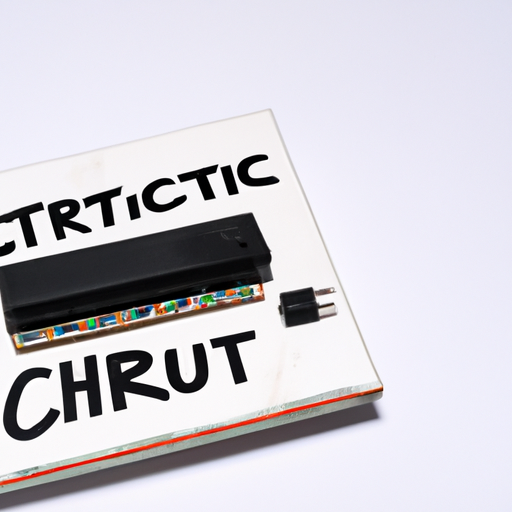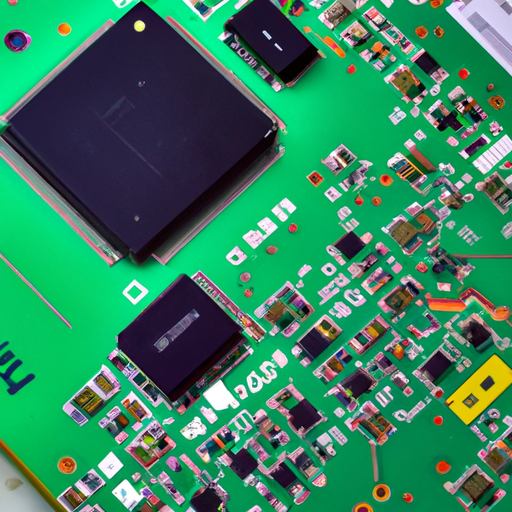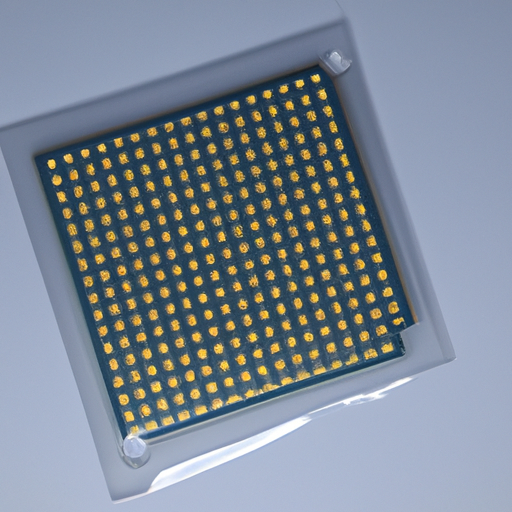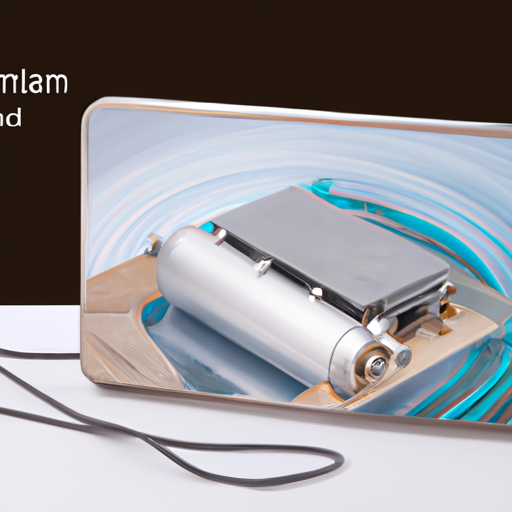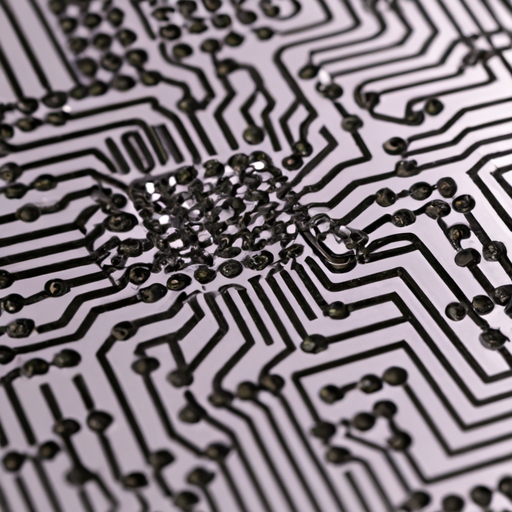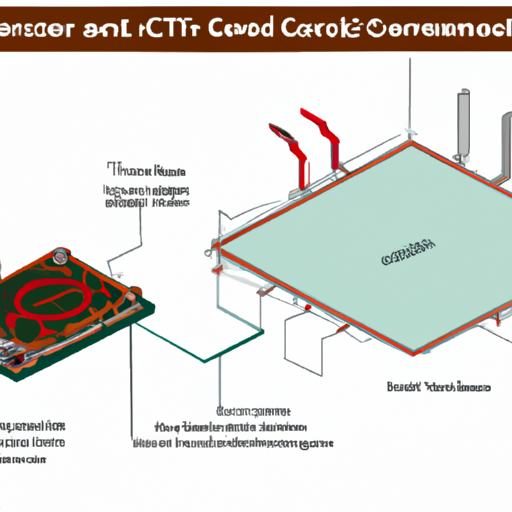What are the product features of integrated circuit design and integrated systems?
What are the Product Features of Integrated Circuit Design and Integrated Systems?
I. Introduction
Integrated circuits (ICs) have revolutionized the electronics industry, serving as the backbone of modern technology. These compact assemblies of electronic components, including transistors, resistors, and capacitors, are designed to perform specific functions within a variety of devices. Integrated systems, on the other hand, combine multiple integrated circuits and other components into a cohesive unit, enabling complex functionalities in everything from smartphones to industrial machinery. The significance of IC design and integrated systems cannot be overstated, as they play a crucial role in enhancing performance, efficiency, and user experience across numerous applications.
II. Key Features of Integrated Circuit Design
A. Miniaturization
Miniaturization is one of the most significant features of integrated circuit design. It refers to the process of reducing the size of electronic components while maintaining or enhancing their functionality. This trend has led to the development of smaller, lighter devices that are more portable and convenient for users. The significance of miniaturization extends beyond mere size; it also impacts performance and efficiency. Smaller components can lead to shorter signal paths, which in turn can enhance speed and reduce power consumption.
B. High Performance
High performance is a hallmark of modern integrated circuits. Advances in technology have enabled ICs to achieve remarkable speeds and processing power, making them capable of handling complex computations and tasks. However, with increased performance comes the challenge of power consumption. Designers must carefully balance speed and efficiency to ensure that devices do not overheat or drain batteries too quickly. Innovations in power management techniques, such as dynamic voltage scaling and power gating, have become essential in optimizing performance while minimizing energy use.
C. Cost-Effectiveness
Cost-effectiveness is another critical feature of integrated circuit design. The economies of scale achieved through mass production of ICs have significantly reduced costs, making advanced technology accessible to a broader audience. This reduction in cost has had a profound impact on consumer electronics, allowing for the proliferation of devices such as smartphones, tablets, and wearables. As IC design continues to evolve, manufacturers are finding new ways to optimize production processes and materials, further driving down costs.
D. Reliability and Durability
Reliability and durability are paramount in integrated circuit design. As devices become more complex, the potential for failure increases. Designers must consider factors such as failure rates, longevity, and environmental conditions when creating ICs. Advances in materials and manufacturing processes have improved the reliability of integrated circuits, ensuring that they can withstand harsh conditions and operate effectively over extended periods. This focus on durability is particularly important in critical applications, such as aerospace and medical devices, where failure is not an option.
E. Design Flexibility
Design flexibility is a key feature that allows for customization and adaptation to specific applications. Integrated circuits can be tailored to meet the unique requirements of various industries, leading to the development of application-specific integrated circuits (ASICs). These custom-designed chips can optimize performance for particular tasks, such as signal processing or data encryption, providing significant advantages over general-purpose chips. The ability to create tailored solutions enhances the overall functionality and efficiency of integrated systems.
F. Integration of Multiple Functions
The integration of multiple functions into a single chip is a defining characteristic of modern integrated circuit design. System-on-Chip (SoC) technology exemplifies this trend, combining various components—such as processors, memory, and input/output interfaces—into a single package. This multifunctionality not only reduces the size and complexity of electronic systems but also improves performance by minimizing the distance between components. The benefits of SoC technology are evident in devices like smartphones, which require a high level of integration to deliver a wide range of functionalities.
III. Key Features of Integrated Systems
A. System Integration
System integration is a fundamental feature of integrated systems. It involves combining various components, including hardware and software, into a cohesive unit that operates seamlessly. The importance of system integration lies in its ability to enhance performance and simplify design. Integrated systems can outperform discrete components by reducing the number of interconnections, which minimizes latency and potential points of failure. This holistic approach to design is essential in applications ranging from consumer electronics to industrial automation.
B. Interoperability
Interoperability is another critical feature of integrated systems. It refers to the ability of different systems and components to work together effectively. Compatibility with existing systems is vital for ensuring that new technologies can be integrated into established infrastructures. Adherence to industry standards and protocols facilitates interoperability, allowing for smoother communication and data exchange between devices. This feature is particularly important in sectors such as telecommunications and healthcare, where diverse systems must collaborate to deliver comprehensive solutions.
C. Scalability
Scalability is a key consideration in the design of integrated systems. The ability to expand and adapt to changing requirements is essential in today’s fast-paced technological landscape. Scalable systems can accommodate growth, whether through the addition of new components or the enhancement of existing functionalities. This flexibility is crucial in various industries, including cloud computing and data centers, where demand can fluctuate rapidly. Scalable integrated systems ensure that organizations can respond to evolving needs without significant overhauls.
D. Enhanced Performance
Enhanced performance is a hallmark of integrated systems, achieved through the optimization of system resources. By integrating components and streamlining processes, these systems can deliver superior performance compared to traditional setups. Real-time processing capabilities are particularly valuable in applications such as autonomous vehicles and industrial automation, where timely data analysis and decision-making are critical. The ability to harness the full potential of integrated systems leads to improved efficiency and productivity.
E. Energy Efficiency
Energy efficiency is a growing concern in the design of integrated systems. As technology advances, the demand for power-efficient solutions has become paramount. Integrated systems can employ various power management techniques, such as dynamic power scaling and energy harvesting, to minimize energy consumption. This focus on energy efficiency not only reduces operational costs but also addresses environmental concerns, making integrated systems more sustainable in the long run.
F. User-Centric Design
User-centric design is an essential feature of integrated systems, emphasizing the importance of user experience. Modern technology must be intuitive and adaptable to meet the diverse needs of users. Integrated systems can incorporate customization options, allowing users to tailor functionalities to their preferences. This focus on user experience enhances satisfaction and engagement, ultimately driving the success of integrated products in the market.
IV. Challenges in Integrated Circuit Design and Integrated Systems
A. Complexity of Design
The complexity of design is a significant challenge in integrated circuit design and integrated systems. As technology advances, the requirements for ICs and systems become increasingly intricate. Designers must navigate a landscape of evolving specifications, performance metrics, and regulatory standards. To manage this complexity, advanced tools and methodologies, such as computer-aided design (CAD) software and design for manufacturability (DFM) practices, are essential.
B. Manufacturing Challenges
Manufacturing challenges also pose significant hurdles in the production of integrated circuits and systems. The fabrication technologies used to create ICs are highly specialized and require precision. Yield and defect management are critical to ensuring that the final products meet quality standards. As manufacturers strive to push the boundaries of technology, they must also address issues related to cost, scalability, and environmental impact.
C. Market Competition
The rapid pace of technological advancements has intensified market competition in the field of integrated circuit design and integrated systems. Companies must continuously innovate to stay ahead, leading to a constant race for new features and capabilities. This competitive landscape drives investment in research and development, but it also places pressure on organizations to deliver high-quality products quickly and efficiently.
V. Future Trends in Integrated Circuit Design and Integrated Systems
A. Emerging Technologies
The future of integrated circuit design and integrated systems is poised for transformation with the emergence of new technologies. Quantum computing, for instance, holds the potential to revolutionize processing capabilities, enabling unprecedented speeds and efficiencies. Additionally, the integration of artificial intelligence and machine learning into IC design can lead to smarter, more adaptive systems that can learn and evolve over time.
B. Advancements in Materials
Advancements in materials science are also shaping the future of integrated circuits and systems. New semiconductor materials, such as graphene and silicon carbide, offer improved performance characteristics, including higher thermal conductivity and greater efficiency. Furthermore, the development of flexible and organic electronics opens up new possibilities for applications in wearable technology and flexible displays.
C. Sustainability and Environmental Considerations
Sustainability is becoming an increasingly important consideration in the design and manufacturing of integrated circuits and systems. Green manufacturing practices, such as reducing waste and energy consumption, are gaining traction in the industry. Additionally, lifecycle management of ICs and systems is essential for minimizing environmental impact, from production to disposal. As consumers become more environmentally conscious, the demand for sustainable technology solutions will continue to grow.
VI. Conclusion
In summary, the product features of integrated circuit design and integrated systems are integral to the advancement of modern technology. From miniaturization and high performance to energy efficiency and user-centric design, these features drive innovation and enhance the functionality of electronic devices. However, challenges such as design complexity, manufacturing hurdles, and market competition must be addressed to ensure continued progress in the field. As we look to the future, emerging technologies, advancements in materials, and a focus on sustainability will shape the next generation of integrated circuits and systems. The importance of continued innovation in this domain cannot be overstated, as it will play a pivotal role in shaping the technologies of tomorrow.

